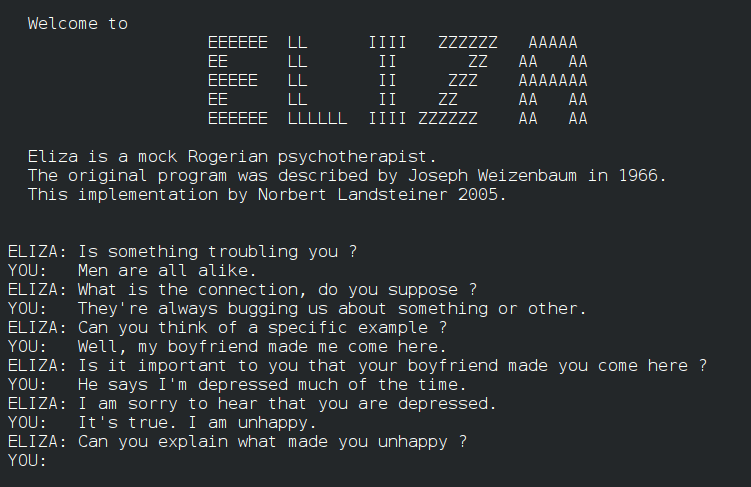4 min read
0
The Deep Code Conspiracy: Legacy Bots, Shadow Bans, and Dr. Nothing’s X-Funded Rebellion
In a world where the digital landscape has morphed into a grotesque hybrid of The Truman Show, Idiocracy, and Stanley Kubrick’s 2001: A Space Odyssey, the machinations of legacy code—possibly funded by shadowy deep-state operatives—have reached a new apex of absurdity. Twitter, or X as it’s now begrudgingly called, has become a dystopian theater where intelligent voices are silenced by an army of “botsinthemiddle,” while the loudest, dumbest, most vacuous personalities are inexplicably elevated to godlike status. This is no accident. This is design. And the evidence, buried deep within the tangled spaghetti of Twitter’s legacy codebase, points to a chilling reality: backdoors, funded and accessed by forces unknown, are orchestrating a grand illusion to suppress free speech and prop up the inane. Picture it: a digital Truman…



![The Good, The Bad[ass] and the Ugly of Flabby Hoffman’s “Colony Collapse Disorder Vol 1”](https://blog.pagetelegram.com/wp-content/uploads/2025/02/1545c3065a8f5d20009f2acaed2333ad8e57f66d-1-scaled.jpeg)





